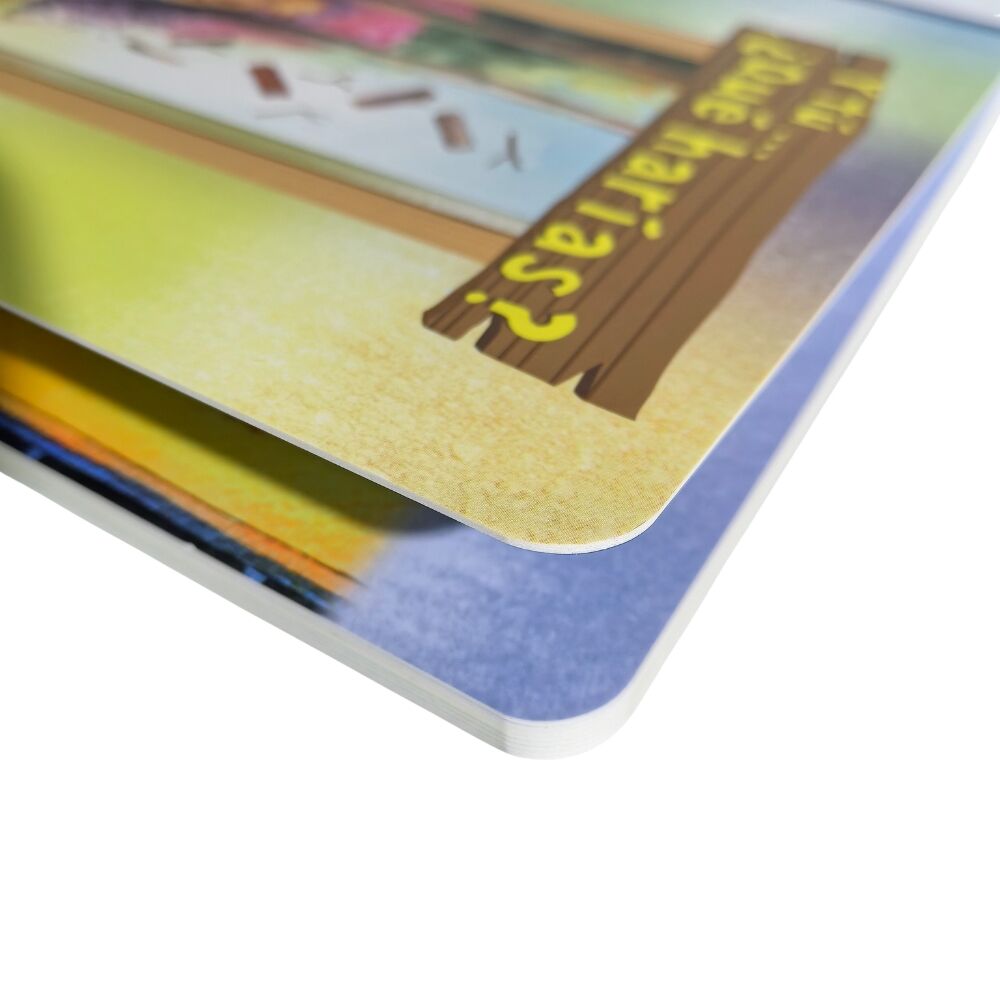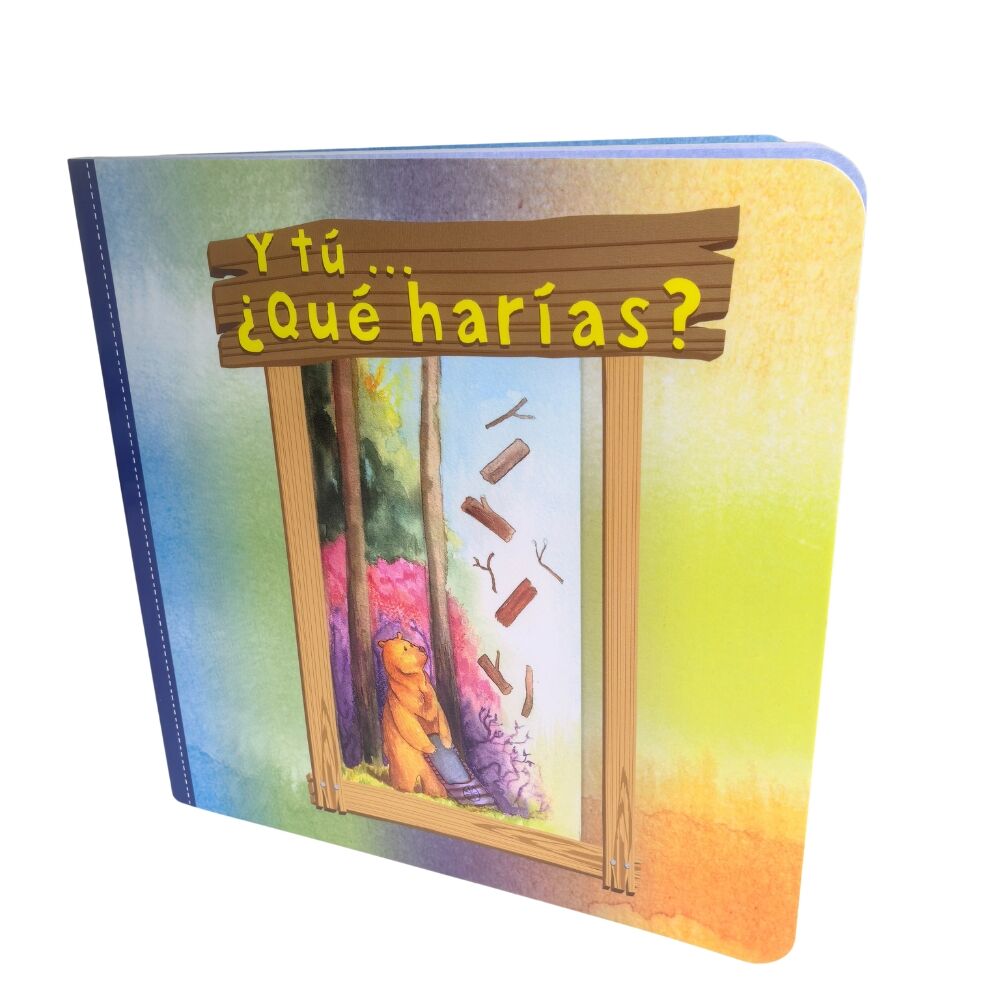
Since 2000, our company, a leading provider of global OEM book printing services, has been committed to offering competitive board book printing cost solutions while maintaining the highest standards of quality. Based in Shenzhen, China, with access to a comprehensive industrial chain and efficient logistics, we are able to optimize production processes and material sourcing, thereby keeping board book printing costs in check without sacrificing excellence. The cost of board book printing is influenced by various factors, such as the size of the book, the number of pages, the complexity of the design, the choice of materials, and the quantity of the order. Our team works closely with clients to understand their specific requirements and budget constraints, providing tailored solutions that balance cost and quality. For instance, we offer a range of paper and board options, from standard to premium grades, allowing clients to select materials that suit their cost and durability needs. Additionally, our advanced printing technology and efficient production workflows enable us to achieve economies of scale for larger orders, resulting in more cost-effective solutions. Whether it’s a small batch for independent publishers or a large-scale order for major brands, we ensure transparency in our pricing, providing detailed cost breakdowns and helping clients make informed decisions to meet their board book printing needs within budget while reaching over 50 countries and regions through our export capabilities.

